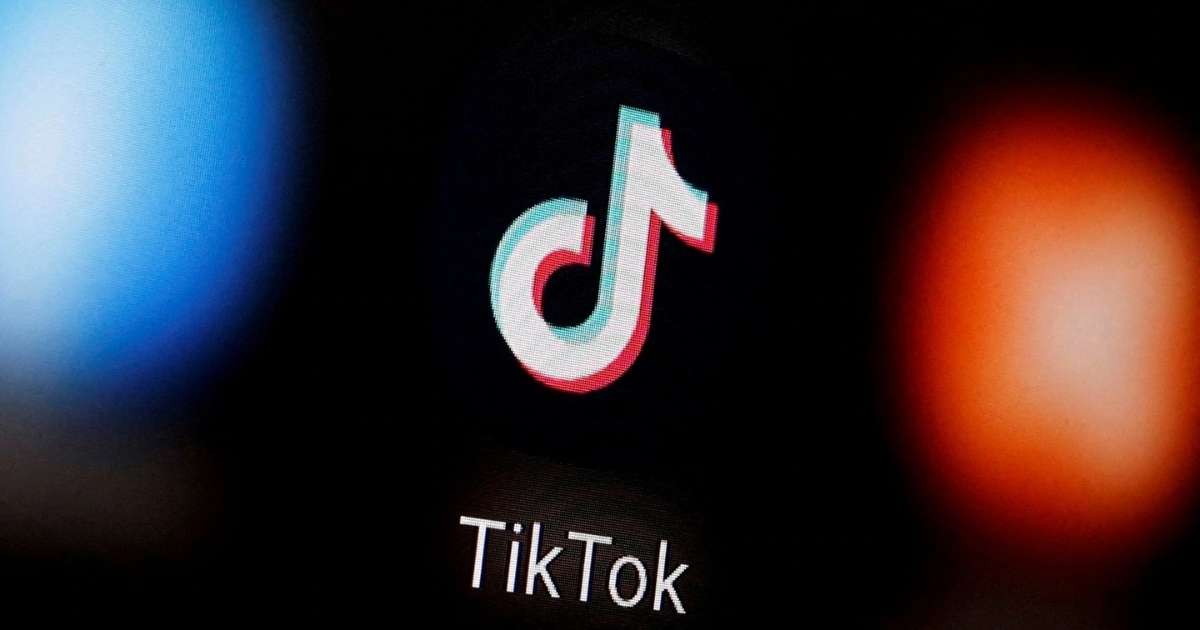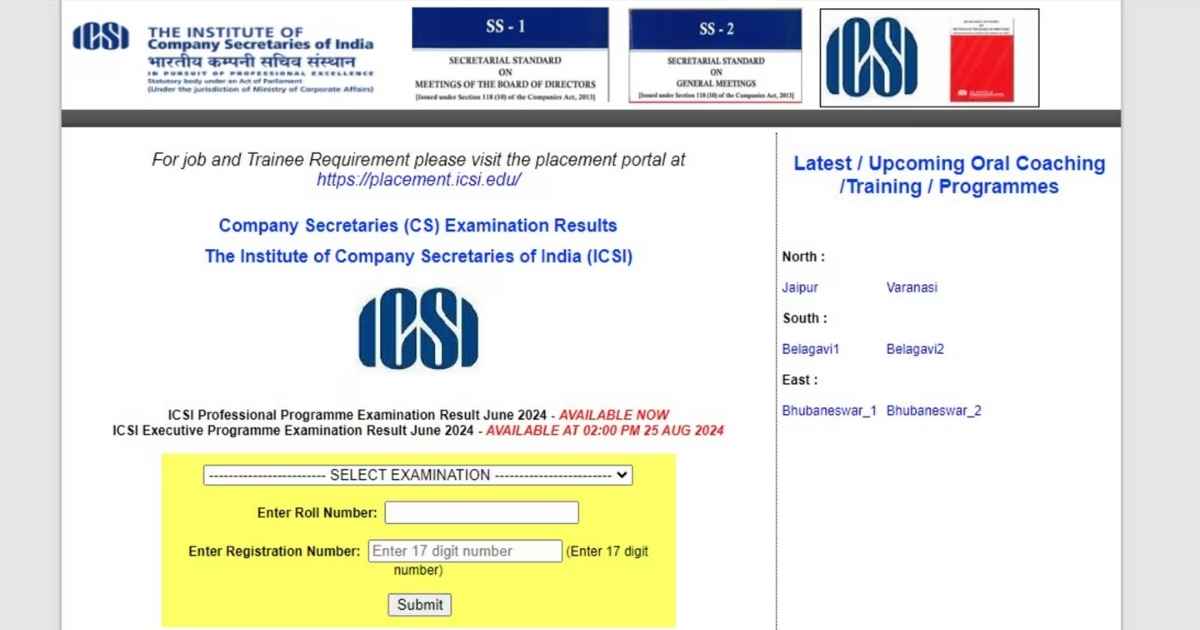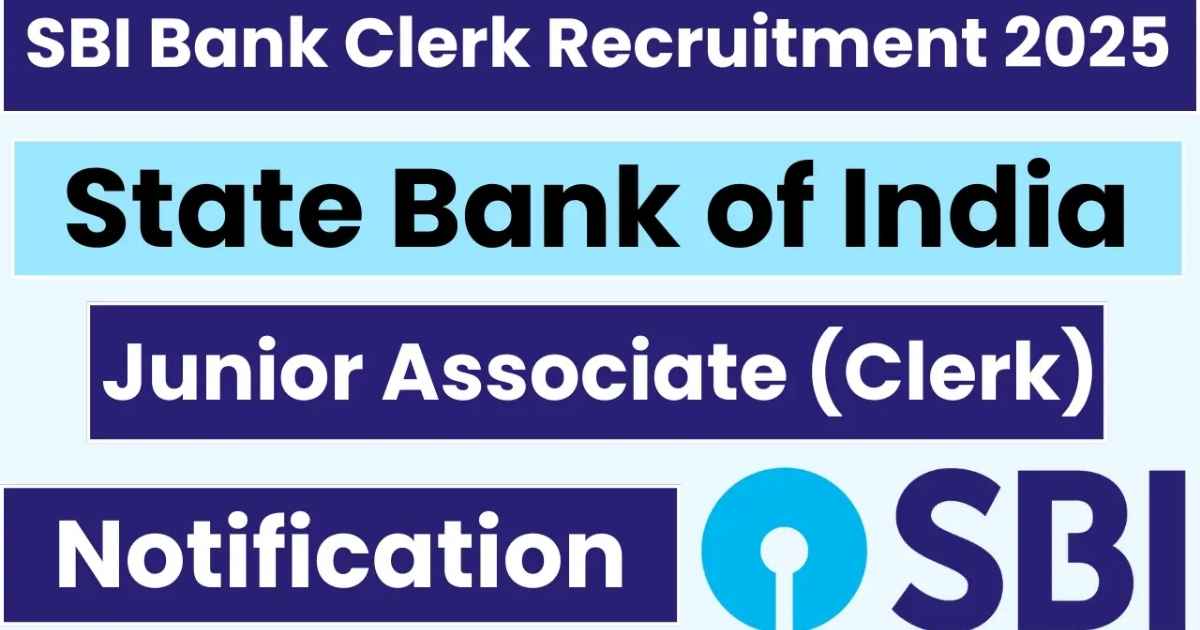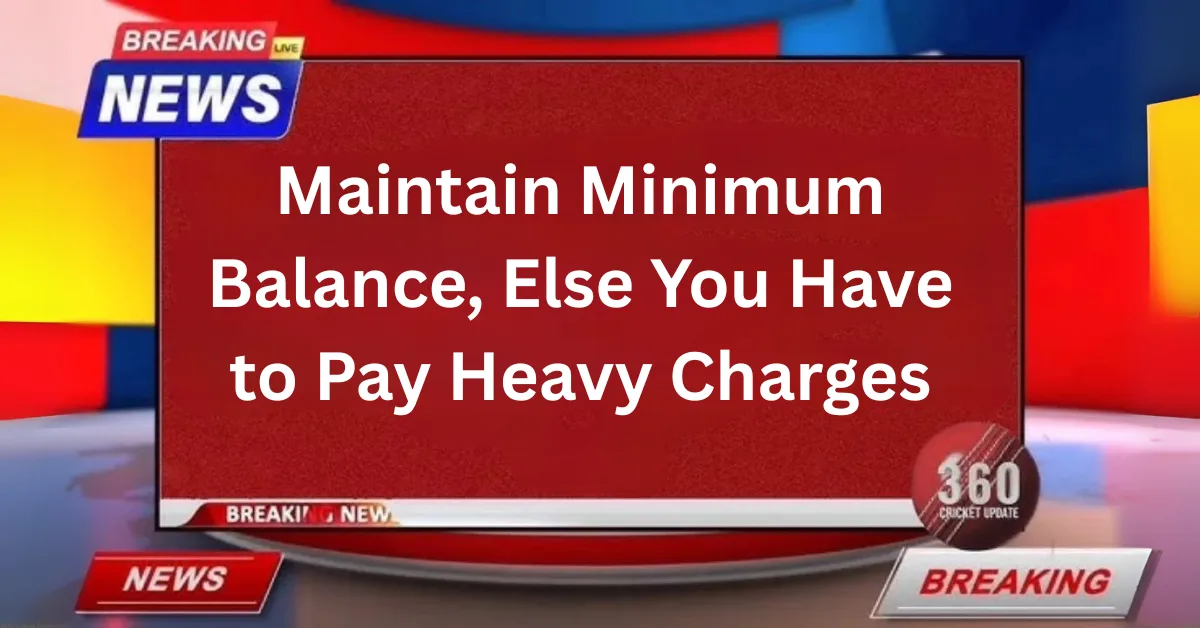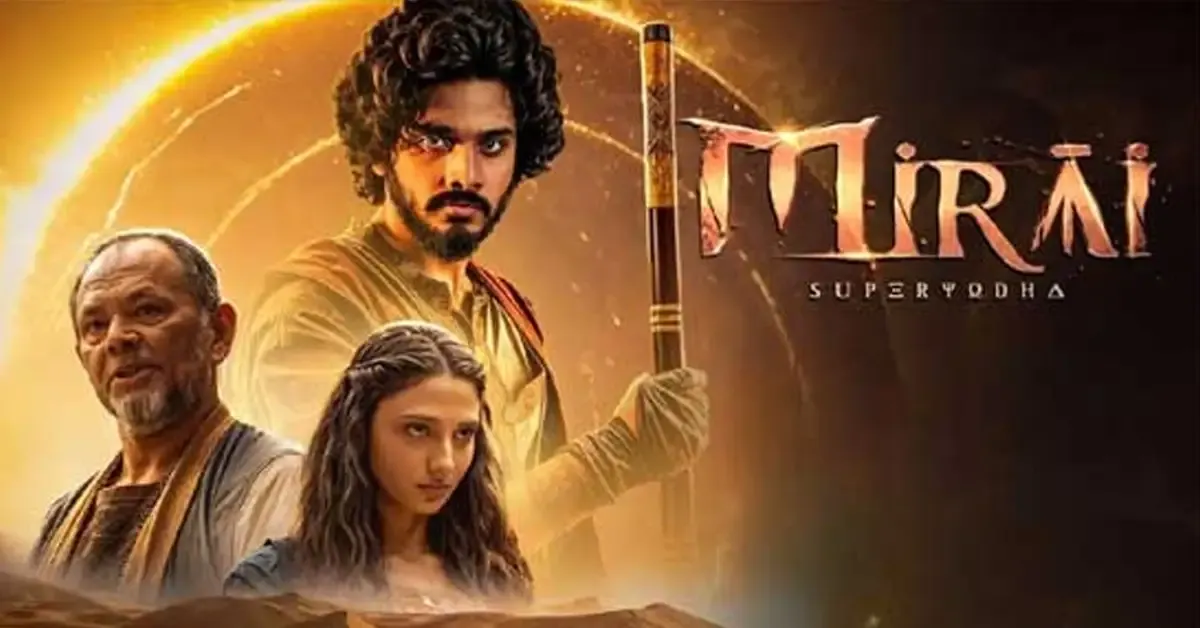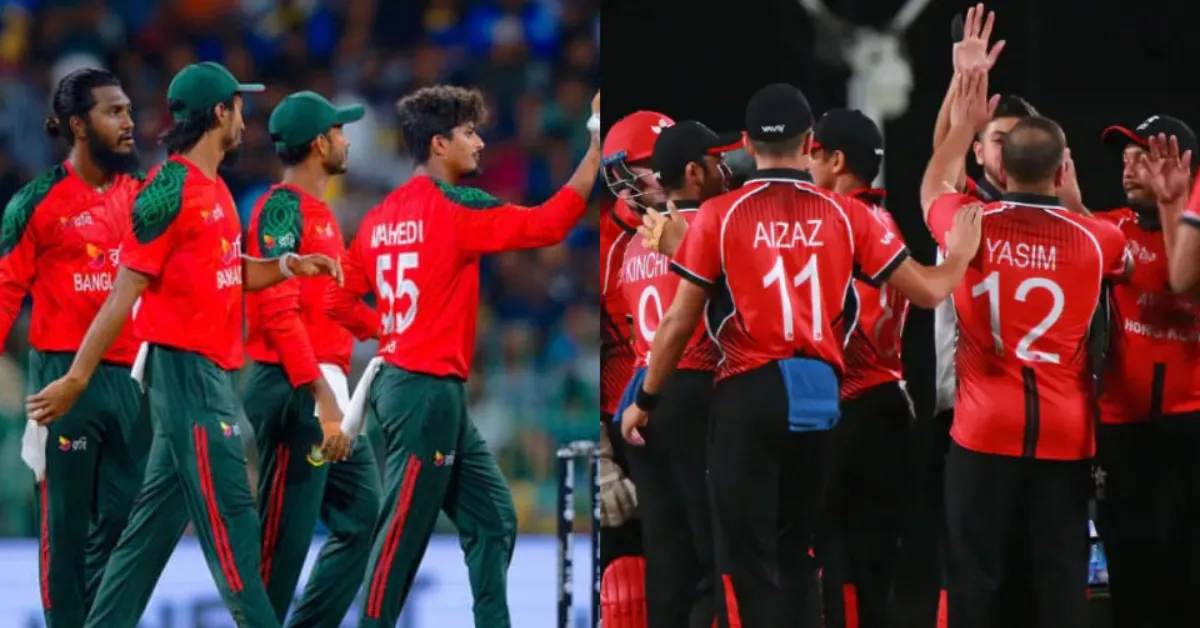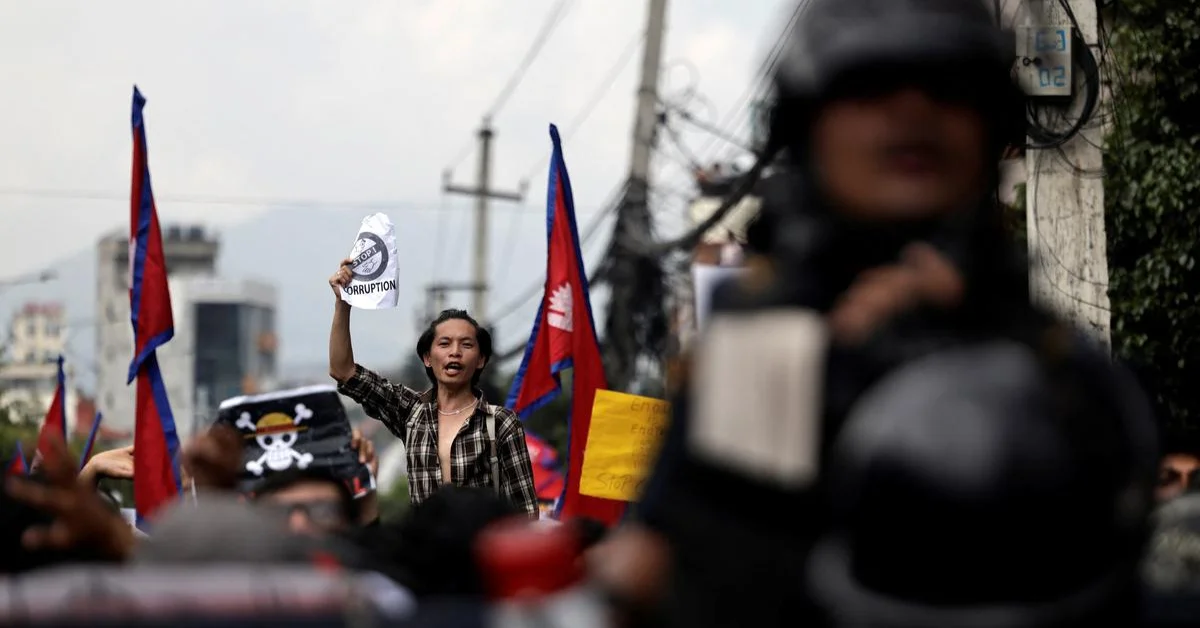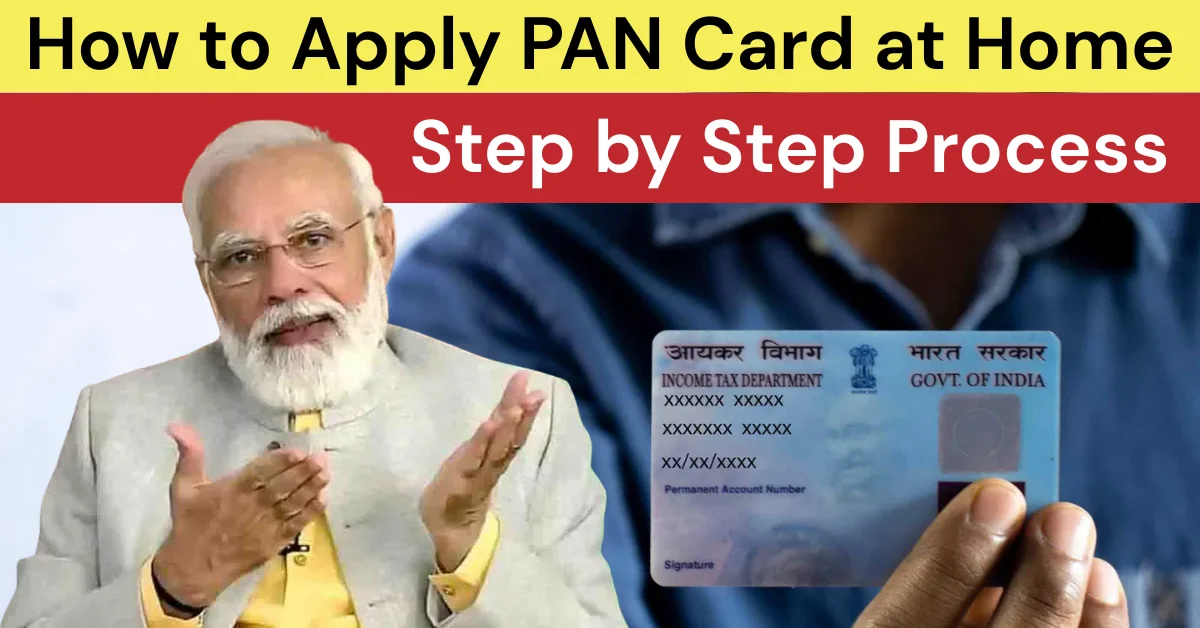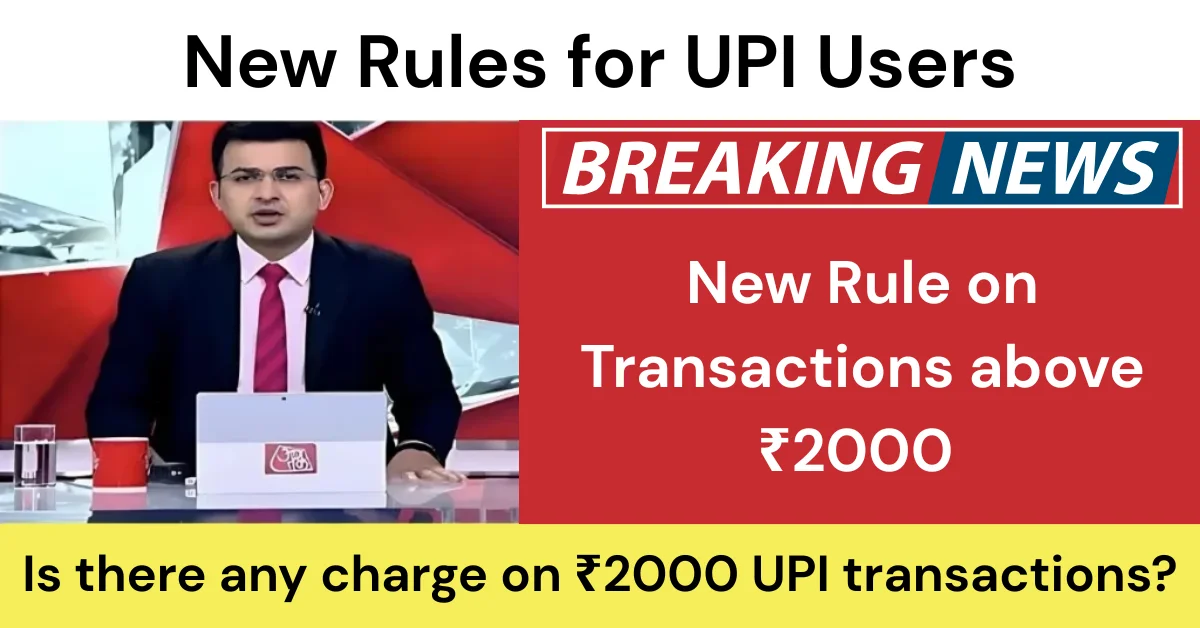The digital landscape in India buzzed with excitement in late August 2025 when reports emerged that TikTok’s website had become accessible to some users after nearly five years of prohibition. However, the Indian government swiftly clarified that the ban on TikTok remains firmly in place, dismissing speculation about the app’s return as “false and misleading”. This development has reignited discussions about whether India might eventually lift its ban on the Chinese short-video platform that once commanded over 200 million users in the country.
Recent Developments: Website Access Creates False Hope
Government’s Clear Position
On August 22, 2025, the Ministry of Electronics and Information Technology (MeitY) issued an unambiguous statement: “Government of India has not issued any unblocking order for TikTok. Any such statement/news is false and misleading”. This clarification came after numerous users reported being able to access TikTok’s homepage without using VPN services.
“The government of India has not issued any unblocking order for TikTok. Any such statement or news is false and misleading.” – Government Sources
The partial website accessibility appears to be a technical anomaly rather than a policy reversal. Users who managed to access the homepage found themselves unable to log in, watch videos, or upload content. Most importantly, the TikTok mobile application remains completely unavailable on Indian app stores.
Technical Glitch, Not Policy Change
Government sources clarified that Internet Service Providers continue to block the website, making it unclear how some users gained temporary access. The sporadic accessibility to certain web pages can occur due to technical anomalies, cached data, or changes in web configurations, and does not reflect any official policy modification.
Read More: Vash Level 2 Movie Release Date, Trailer, Cast & Everything You Need to Know (2025)
The Original Ban: Context and Rationale
National Security Concerns Drive Decision
India imposed the ban on TikTok alongside 58 other Chinese applications on June 29, 2020, citing grave concerns about national security and data privacy. The Ministry of Electronics and Information Technology stated that these applications were “prejudicial to sovereignty and integrity of India, defence of India, security of state and public order”.
The ban was implemented under Section 69A of the Information Technology Act, 2000, which empowers the government to block public access to computer resources when necessary for national security, sovereignty, or public order.
Geopolitical Catalyst: Galwan Valley Clash
The timing was significant – the ban came two weeks after the deadly Galwan Valley clashes between Indian and Chinese troops in eastern Ladakh. Twenty Indian soldiers lost their lives in this confrontation, marking one of the most serious military conflicts between the two nations since 1975.
“The ban served as a geopolitical ‘digital counterstrike,’ reinforcing national defensiveness via non-military means.” – Security Analysts
Data Privacy and Security Issues
Security agencies had warned that TikTok and other Chinese apps were collecting user data and potentially transmitting it outside India without authorization. The government alleged these applications were engaged in activities that raised alarms about:
- Data privacy violations
- Potential espionage
- Unauthorized data transmission to foreign servers
- Compromising user information security
Economic Impact: The Massive Cost of the Ban
ByteDance’s Financial Losses
The ban dealt a devastating blow to TikTok’s parent company, ByteDance. The company faced potential losses of up to $6 billion, making it one of the most expensive digital prohibitions in recent history. ByteDance had invested over $1 billion in the Indian market before the ban.
Impact on Indian Creators and Influencers
The ban’s human cost was equally significant. India’s top 100 TikTok influencers collectively lost approximately ₹120 crores in annual revenue. Individual creators who had built substantial followings faced:
- Sudden unemployment and loss of income streams
- Disruption of brand partnerships and advertising deals
- Loss of creative platforms for self-expression
- Breakdown of community connections and fan bases
User Base Statistics
At the time of the ban, India represented TikTok’s largest international market with:
- 200 million active users
- 150-200 million estimated user base
- 30.3% of global downloads in Q1 2020
- 611 million downloads in the first quarter of 2020 alone
Read More: Kharge Slams Modi: ‘Talks More, Works Less’ Compared to Manmohan Singh’s Leadership Style
Legal Challenges and Court Proceedings
Previous Legal Battles
TikTok has faced legal challenges in India even before the 2020 ban. In April 2019, the Madras High Court initially issued an interim order banning TikTok downloads due to concerns about inappropriate content affecting children. However, this ban was later vacated after TikTok implemented additional safety measures.
Attempts at Legal Recourse
Following the 2020 ban, ByteDance considered mounting legal challenges against the government’s decision. The company argued that the ban:
- Violated freedom of speech and expression under Article 19(1)(a) of the Indian Constitution
- Caused irreparable financial harm through loss of jobs and investments
- Damaged the company’s reputation with advertisers and investors
However, courts have generally upheld the government’s authority to impose such bans under national security provisions.
The Rise of Indian Alternatives
Homegrown Platforms Fill the Void
The TikTok ban accelerated the growth of Indian alternatives, though none achieved the same level of user engagement or algorithmic sophistication:
Moj – Launched by ShareChat, gained over 100 million downloads with support for 15+ regional languages
Chingari – Introduced a unique creator rewards system where users earn tokens redeemable for cash
Josh – Became India’s largest short video app with emphasis on regional content
Roposo – Offered virtual tokens and airtime credits for creators
International Platforms Benefit
Global platforms capitalized on TikTok’s absence:
- Instagram Reels quickly gained traction among former TikTok users
- YouTube Shorts attracted creators seeking monetization opportunities
- Snapchat and other platforms saw increased engagement
However, replicating TikTok’s algorithmic precision and community engagement proved challenging for all alternatives.
India-China Relations: A Gradual Thaw
Recent Diplomatic Progress
The speculation about TikTok’s return coincides with improving diplomatic relations between India and China. Chinese Foreign Minister Wang Yi’s visit to India in August 2025 marked the first high-level Chinese visit in three years.
Key Agreements and Developments
Both nations agreed on several measures to improve bilateral relations:
- Resumption of direct flight connectivity between the countries
- Reopening of border trade through Lipulekh Pass, Shipki La Pass, and Nathu La Pass
- Facilitation of visas for tourists, businesses, and media personnel
- Creation of new working groups for border management and boundary delimitation
The “Three Mutuals” Framework
India and China are working within the “three mutuals” framework:
- Mutual Respect for sovereignty and territorial integrity
- Mutual Sensitivity to each other’s concerns and interests
- Mutual Interest in regional stability and development
Read More: LA Galaxy vs Colorado Rapids Today Match Report: 3-0 Victory Ends Four-Game Winless Streak
Current Challenges to TikTok’s Return
Persistent Security Concerns
Despite improved diplomatic relations, fundamental security concerns remain unaddressed:
- Data localization requirements have not been met
- Transparency in data handling practices remains questionable
- Government oversight mechanisms for Chinese apps are still inadequate
Political Opposition
The Congress party has criticized any potential softening toward Chinese apps, arguing that lifting the ban would represent a betrayal of soldiers who died in Galwan Valley. Political opposition could complicate any future decision to reverse the ban.
Regulatory Framework Changes
India has strengthened its digital governance framework since 2020, implementing more stringent:
- Data protection regulations
- National security screening processes
- Foreign investment review mechanisms
Any return would require TikTok to comply with these enhanced regulatory requirements.
Global Context: TikTok Bans Worldwide
United States Developments
TikTok faces ongoing challenges in the United States, with potential bans and forced sales remaining possibilities. However, the Trump administration has shown some flexibility, with the President indicating openness to extending deadlines for potential American acquisition.
International Scrutiny
Several countries have implemented or considered TikTok restrictions:
- Australia has banned TikTok on government devices
- United Kingdom implemented similar government device restrictions
- European Union countries have raised data privacy concerns
- Canada has prohibited the app on government devices
Economic Considerations for India
Potential Benefits of Return
Should TikTok return to India, potential economic benefits include:
- Revenue generation from a large user base
- Job creation in content creation and digital marketing
- Innovation in short-form video technology
- Enhanced digital ecosystem competition
Risks and Concerns
However, significant risks remain:
- Data security vulnerabilities
- Potential for information manipulation
- Economic dependence on Chinese technology platforms
- National security implications
The Creator Economy Vacuum
Lasting Impact on Content Creators
The ban created a permanent shift in India’s creator ecosystem. Many former TikTok stars struggled to rebuild their audiences on alternative platforms, leading to:
- Reduced income opportunities for micro and mid-tier influencers
- Loss of creative communities built around specific content niches
- Decreased diversity in content creation platforms
- Limited monetization options compared to TikTok’s ecosystem
Brand Marketing Implications
Companies have had to restructure their digital marketing strategies, moving budgets to other platforms but often with less effective audience engagement than TikTok provided.
Read More: Australia vs South Africa Match Live: Travis Head Brilliance, Key Moments, live Score Updates
Future Prospects and Scenarios
Scenario 1: Conditional Return
TikTok could potentially return if it agrees to:
- Store all Indian user data locally
- Submit to regular government audits
- Implement transparent content moderation
- Establish independent oversight mechanisms
Scenario 2: Continued Ban
The ban may remain if:
- Border tensions persist between India and China
- Security concerns remain unaddressed
- Political opposition continues to influence policy
- Alternative platforms adequately serve market needs
Scenario 3: Gradual Rehabilitation
A phased approach might involve:
- Limited trial periods in specific regions
- Enhanced monitoring systems
- Gradual expansion based on compliance metrics
- Ongoing diplomatic progress between the nations
Frequently Asked Questions
Q: Is TikTok officially back in India?
A: No, TikTok remains banned in India. Recent reports of website accessibility were due to technical glitches, not policy changes. The government has clearly stated no unblocking order has been issued.
Q: Why was TikTok banned in India?
A: TikTok was banned on June 29, 2020, due to national security concerns, data privacy issues, and geopolitical tensions following the Galwan Valley clash. The government cited threats to sovereignty, integrity, and public order.
Q: How much money did ByteDance lose from the India ban?
A: ByteDance potentially lost up to $6 billion from the India ban, having previously invested over $1 billion in the Indian market.
Q: What happened to Indian TikTok creators after the ban?
A: Indian creators faced significant financial losses, with the top 100 influencers collectively losing approximately ₹120 crores in annual revenue. Many struggled to rebuild their audiences on alternative platforms.
Q: Which apps replaced TikTok in India?
A: Several apps emerged as alternatives, including Moj, Chingari, Josh, and Roposo from India, plus international platforms like Instagram Reels and YouTube Shorts.
Q: Could TikTok return to India in the future?
A: While diplomatic relations between India and China are improving, TikTok’s return would require addressing security concerns, meeting regulatory requirements, and overcoming political opposition. No official discussions about lifting the ban are currently underway.
Q: How many users did TikTok have in India before the ban?
A: TikTok had approximately 150-200 million active users in India, representing its largest international market and accounting for 30.3% of global downloads in early 2020.
Q: What legal actions did TikTok take against the ban?
A: TikTok considered legal challenges arguing the ban violated freedom of speech and caused financial harm, but courts generally upheld the government’s authority to impose such restrictions for national security reasons.
